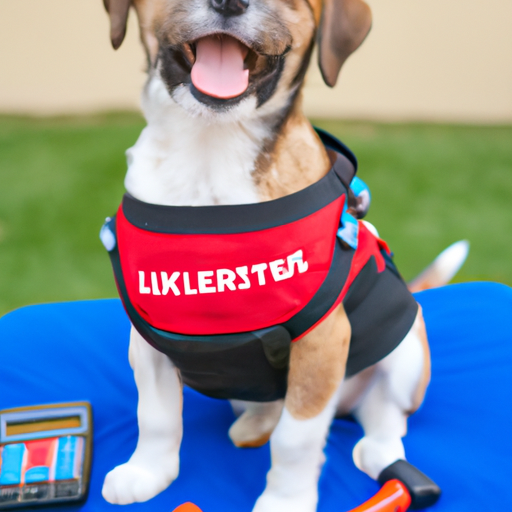As a caregiver, it’s your responsibility to help your puppy grow into a well-behaved adult dog. This article will guide you in achieving this goal. Let’s embark on this exciting journey together.
1. Understanding the Importance of Obedience Training
First and foremost, recognize the value of this training. It promotes safety, strengthens the bond between you and your puppy and aids in their social development.
Safety
A well-trained puppy will understand commands like “stop” or “stay,” potentially preventing accidents.
Bonding
Training sessions provide an opportunity to establish a relationship of trust and mutual respect.
Social Development
Puppy obedience training also helps in socializing your puppy, which is vital for their mental health.
2. Creating a Positive Training Environment
Before you start training, it’s essential to set up a conducive training environment. A positive and stress-free environment will make the training more effective.
Choose a Calm & Quiet Area
Always choose a calm and quiet area for training sessions to minimize distractions.
Keep Training Sessions Short
Puppies have short attention spans. Keep your training sessions brief, ideally 5-10 minutes long.
Use Treats & Rewards
Motivate your puppy by rewarding them with treats, praise, or playtime.
3. Basic Commands to Teach Your Puppy
Now that we’ve set the stage, let’s dive into the essential commands you should teach your puppy.
1. Sit
Start by holding a treat close to your puppy’s nose and raise your hand up, allowing their head to follow the treat and causing their bottom to lower. Once they’re in the sitting position, say “Sit,” give them the treat and share affection.
2. Stay
This command is crucial for controlling your puppy. Ask your puppy to sit, then open the palm of your hand in front of you, and say “Stay.” Take a few steps back and if they stay, give them a treat.
3. Come
This command could help keep a dog out of trouble or bring him back to you if they slip out of their leash. Put a leash and collar on your puppy and go down to their level and say “Come,” while gently pulling on the leash.
4. Consistency is Key
Remember, consistency is the key to successful obedience training.
Repeat Commands
The more you repeat a command, the quicker your puppy will associate the word with the action.
Be Consistent with Rewards
Always reward your puppy immediately after they follow a command correctly. This helps in reinforcing positive behavior.
| Command | Action | Reward |
|---|---|---|
| Sit | Raising Hand Up | Treat |
| Stay | Open Palm | Praise |
| Come | Pulling Leash | Treat |
5. Dealing with Training Challenges
Every puppy is unique and might respond differently to training. Here are some common challenges and how to overcome them:
Distraction
If your puppy is easily distracted, try moving to a quieter location or shortening the training sessions.
Fear or Anxiety
Never force your puppy into training. If they appear stressed or scared, try to understand the cause of their fear and address it.
Stubbornness
Some puppies might be more stubborn than others. In such cases, try changing the reward or the training method.
FAQs
-
When should I start obedience training my puppy?
Start as soon as your puppy comes home. At eight weeks old, puppies are ready and eager to learn. -
What should I do if my puppy is not responding to training?
Be patient and consistent. Try changing the reward or the training method. If the problem persists, consider seeking help from a professional trainer. -
How long should obedience training sessions be?
Keep sessions short and sweet. Aim for 5-10 minutes per session. -
What if my puppy only obeys commands when I have treats?
This is quite common in the beginning. Gradually reduce the frequency of treats but keep praising and rewarding with affection.
Training a puppy requires patience and consistency, but the rewards are well worth the effort. Remember, you’re not just training them to be obedient, you’re helping them become a well-adjusted adult dog. Happy training!



